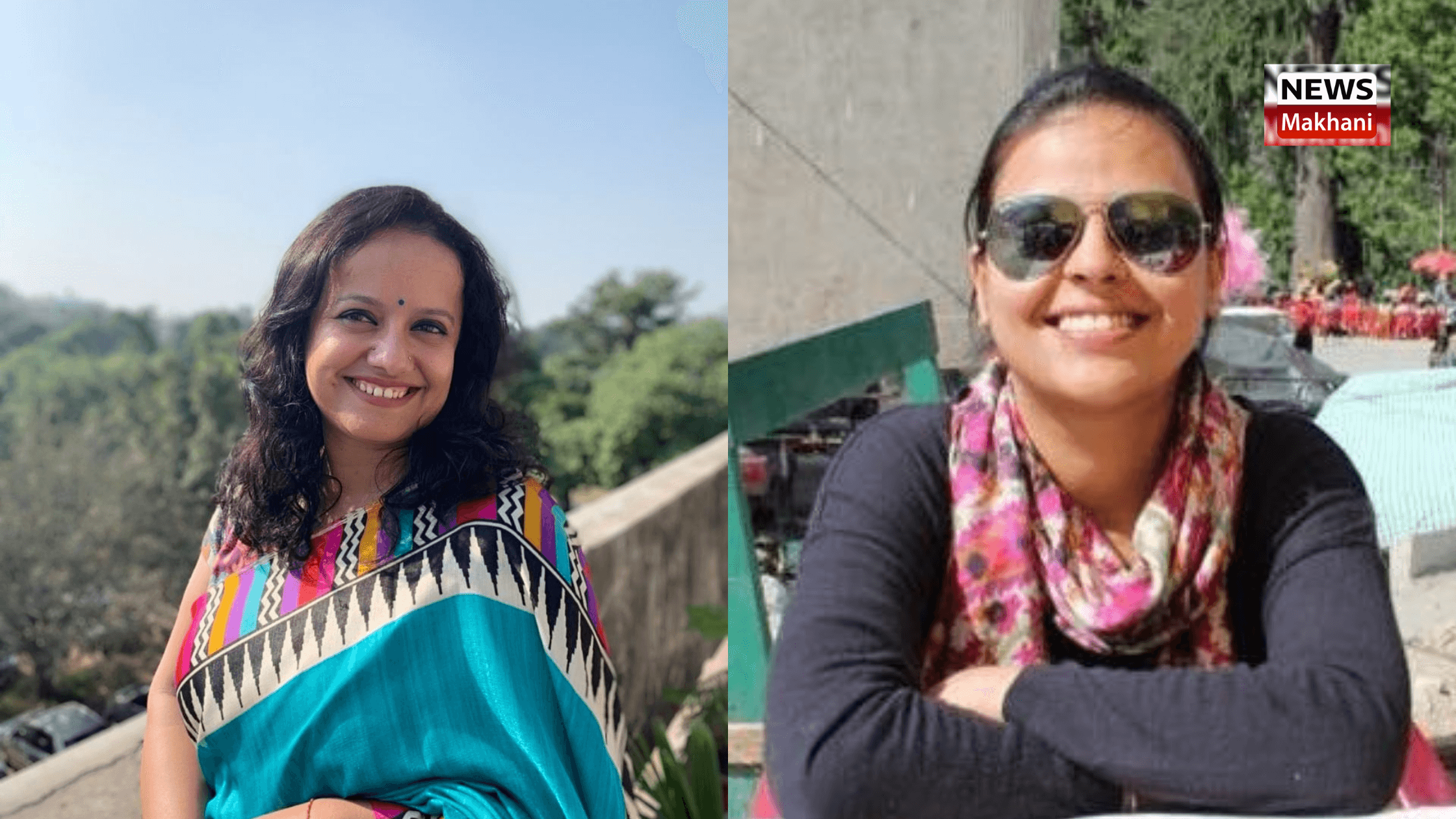Scientists from DST-CPR at PU conducted a study on patents commercialization profile of 904 institutions comprising of Indian Higher Education Institutions and National Research Laboratories of India
Chandigarh January 27
The Scientists from DST-Centre for Policy Research (CPR) at Panjab University (PU), Chandigarh has conducted a study on patents commercialization profile of 904 institutions comprising of Indian Higher Education Institutions (HEIs) and National Research Laboratories (NRLs) of India. The study has been authored by Scientist-C, Mamta Bhardwaj and Scientific Officer, Amandeep Sandhu.
The study is first of its kind in the country in which patent commercialization of HEIs and NRLs has been examined, was published in Current Science on January 10, 2021. The Council of Scientific and Industrial Research (CSIR), an autonomous and publically funded research organization, leads the chart in with a total of 863 patents granted (in India only) and has a share of 44% of the total granted patents for the period 2010–17. The Defence Research and Development Organization (DRDO), dedicated to research for the military under the Ministry of Defence, is at the second position with 308 patents followed by an Institution of National Importance (INI), the Indian Institute of Technology (IIT) Bombay, with 76 patents (in figure below).
The study has been compiled based on the working/non-working statements submitted by the patentee in the prescribed ‘Form-27’ of the Indian Patent Office. According to the Patent Act, 1970, after the grant of a patent, the patentee must submit the working (commercially exploited) statement of the patent before 31 March of every financial year in the prescribed Form-27. As per the Act, if a patentee refuses or fails to furnish information required under the Act, he/she is punished with a fine which may be up to ₹10 lakhs. Additionally, if the Controller General of Patents, designs and Trademarks, Government of India, finds the information false, the patentee who is furnishing the details may punished with imprisonment which may be extendable up to six months or with a fine, or with both.
Once the patent is granted to the patentee it remains in force (active) for 20 years from the date of filing. The patentee is liable to pay a specific set of maintenance fee to keep the patent in force till the end of 20th year. During the period from January 2010 to December 2017, a total number of patents granted were 1961 to 904 institutions. The breakup for these patents can be seen in the table given below.
| Year | In Force
(Active) |
Forms-27 Filed by the patentee | Working
patents |
Not-Working
patents |
%age of working patents Vs Form-27 Filed by the patentee |
| 2010 | 473 | 19 | 7 | 12 | 37% |
| 2011 | 630 | 21 | 2 | 19 | 10% |
| 2012 | 740 | 29 | 5 | 24 | 17% |
| 2013 | 808 | 602 | 89 | 513 | 15% |
| 2014 | 827 | 665 | 164 | 501 | 25% |
| 2015 | 968 | 838 | 168 | 670 | 20% |
| 2016 | 1075 | 928 | 204 | 724 | 22% |
| 2017 | 1215 | 1037 | 201 | 836 | 20% |
| 2018 | 983 | 566 | 205 | 361 | 36% |
The study reveals that only a handful of organizations and first-generation IITs like CSIR, New Delhi; DRDO, New Delhi; ISRO, Bangalore; ICAR, New Delhi; DBT, New Delhi; C-DAC, Pune; ICMR, New Delhi; DIT, New Delhi and IIT Bombay, IIT Madras and IIT Kanpur have good patents commercialization profile. Indian HEIs are doing well in research publications but lagging in patents generation and its commercialization. There is a need for sensitizing the researchers in HEIs and universities about the technology readiness level and translational research ecosystem.
In the study it has been found that Indian patentees do not take seriously to submit the ‘Form-27’, moreover, the reasons mentioned for the non-working status are unconvincing. Although, some of the patentees have mentioned reasons by raising the specific issues need to be addressed by the concerned organizations or governments. One of the most common reasons for non-working of patents is the limitation of research to ‘lab-scale work’, which can only be overcome once we start focusing not only on basic research but also on advance technological research.
The granted patents were categorised in 8 broad fields, based on International Patents Classifications (IPC) codes. Most of the patents granted as well as commercialized belong to the domain of chemical sciences followed by engineering and pharma/drug as depicted in the graph.
The abysmal patent regime in India is the result of a lack of awareness among inventors/researchers and the absence of dedicated IPR/tech. transfer policies. Most prominent is the lack of awareness and those who are aware, they are hesitant in patent filing as the process of patent filing is very time consuming and costly too for an individual. The study emphasizes that patenting of research outcomes should be recognized as a more lucrative option by academic institutions, however, the trajectory of growth still is picking up the momentum at a slower pace. It may be remarked that there is an urgent need for a shift in the mind-set of the academic fraternity, from publication towards patenting. Further, even the institutes performing reasonably well in getting patents granted, are not able to commercialize or take full benefits of the patents and the technologies.
For queries, contact 8437382300 (Mamta)

 हिंदी
हिंदी






